Hysteresis comes from the Greek language. Hysterēsis means literally a deficiency, hysteros means later or after, but you knew this already.
You can find this term in a lot of technical documentations with more or less complicated explanations. We'd like to give some simple examples for the need of hysteresis in energy meters.
Modern electronic energy meters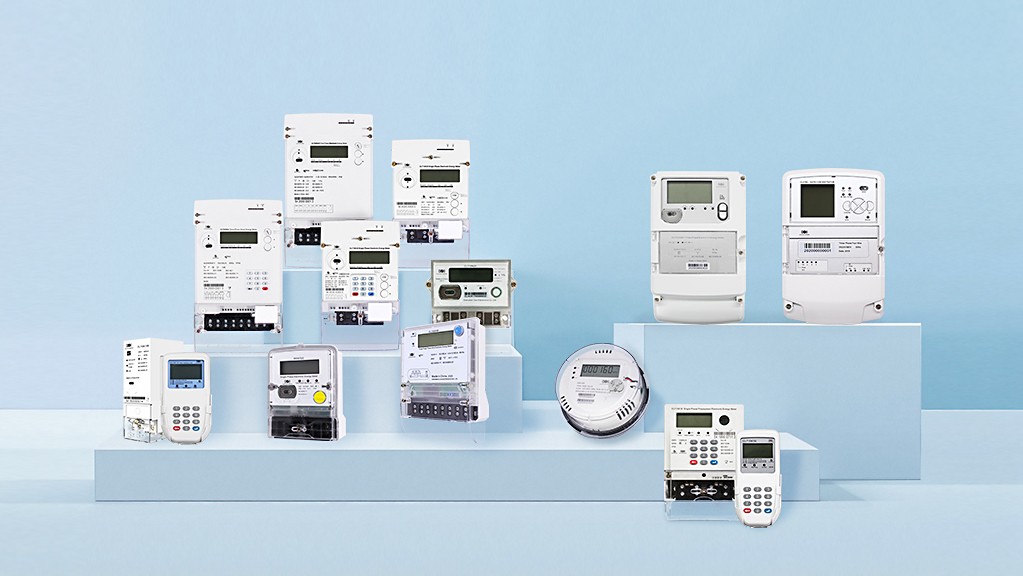 Discover the Power of Electronic Energy Meters with Our Expertise are recording various events like over-voltage
Discover the Power of Electronic Energy Meters with Our Expertise are recording various events like over-voltage The Over- and Under Voltage Disconnection, under-voltage, swell
The Over- and Under Voltage Disconnection, under-voltage, swell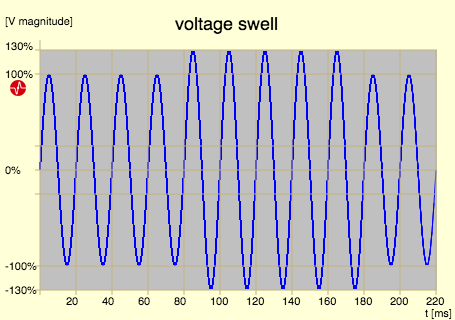 What is a Voltage Swell Event?, dip
What is a Voltage Swell Event?, dip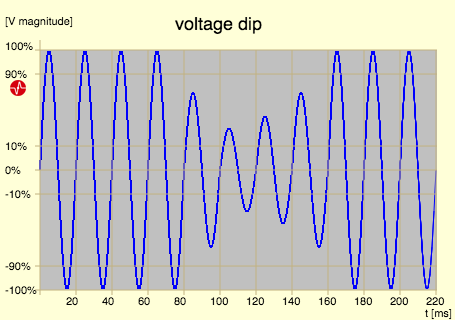 What is a Voltage Dip Event?… The list can become huge.
What is a Voltage Dip Event?… The list can become huge.
All of these events have a start- and an end-time.
We make a simple example:
The energy meter is set to record all events where the voltage exceeds 260 V. You need this information eventually for statistical purpose in your AMI system Introducing ClouESP AMI Software, your ultimate energy management solution. The meter log for this event can hold 100 events. They are uploaded once a day.
Introducing ClouESP AMI Software, your ultimate energy management solution. The meter log for this event can hold 100 events. They are uploaded once a day.
Now, what will happen when the grid voltage is permanently shifting between 260 V and 259.9 V? The event log for this case will be full within a minute and the statistical information is meaningless.
To avoid this, energy meters have hysteresis. This means, the event-start is logged once we reach 260 V and it ends once we have a value significant lower. The best praxis is to operate with a 2% difference for this kind of events. So the event-end will be logged once the voltage is below 254.8 V. Here we have a rate-dependent hysteresis.
If the event is also linked to a disconnection by a supply switch, we need to protect the meter additionally by a time-out to avoid too frequent switching. The load limiting function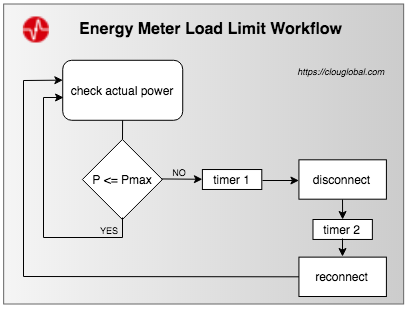 Load Limiting for Energy Meters is a good example for a time-dependent hysteresis.
Load Limiting for Energy Meters is a good example for a time-dependent hysteresis.
Conclusion
To avoid over-reaction and to get reasonable statistical values, energy meters must have a hysteresis. The rate- and time dependent values are coming from experience. Customized modifications are possible. If you have questions on certain events or in general, talk to us Contact Us.
Contact Us.
We will be happy to share our experience in data acquisition with energy meters.
Thank you for reading.
Editor's note: This article was originally published in December 2020 and has been updated for comprehensiveness.


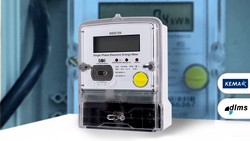
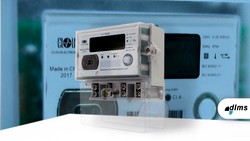
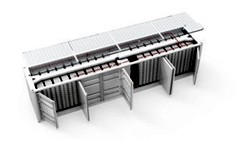



When we begin to learn the energy meter functions, we should first know "hysteresis". Thank Laoren for writing this.
minevis a question. What is the probable cause of an energy meter to have reading reduced during operation. that is it records like upto 11200 then resets to 11100
Thanks for the question. Actually you have found another nice example of hysteresis. The step-down transformers for your medium voltage network have different secondary tappings, usually 3 to 5. The tappings are switched by the transmission company or for newer transformers automatically depending on the actual load. This is causing your described effect. Also, these transformers have a hysteresis in the control circuit to avoid a permanent switching when the load has reached a certain threshold.